
I saw my first Shoebill in Rwanda on 14 June 2005. I was with a group of birders and we had traveled east from Kigali to the Akagera National Park with our primary birding goal being the Red-faced Barbet, the closest that Rwanda has to an endemic species. (It can also be seen in Uganda and Burundi, but Akagera is the safest bet for this particular tick.) We dipped on the barbet; despite being told that it was a near-certainty in the parking lot outside the entrance lodge, it was not to be.
But there was the unexpected bonus of very decent, if distant, scope views of the Shoebill, which John Gould in his 1851 paper ‘On a new and most remarkable form in ornithology’ assigned the scientific name Balaeniceps rex and described it as ‘the most extraordinary bird I have seen for many years’. It is one of those birds the full impact of which is impossible to anticipate through photographs and paintings. ‘Abu markub’ (‘father of the shoe’) as the Arabs call it, is so much more striking in the flesh than in two dimensions and for me, that impression has not been diminished after further sightings in Uganda, Zambia, and South Sudan.
Akagera in 2005 was in serious need of TLC. Thousands of post-genocide returnees settled there from 1995 and, very understandably given the circumstances, human needs outweighed those of the environment. The refugees destroyed the forest for timber and hunted the animals for protein, and allowed their long-horned cattle to graze in the grasslands. The need to protect the livestock from predation meant that the park’s lion population, estimated to be approximately 300-strong, was wiped out. Black rhinos were also poached into local extinction. By 2005 the refugees had moved out of the park, but the depredations of that period were still very evident in the paucity of animal sightings and the dearth of any tourism infrastructure.
This story is from the September/October 2019 edition of African Birdlife.
Start your 7-day Magzter GOLD free trial to access thousands of curated premium stories, and 8,500+ magazines and newspapers.
Already a subscriber ? Sign In
This story is from the September/October 2019 edition of African Birdlife.
Start your 7-day Magzter GOLD free trial to access thousands of curated premium stories, and 8,500+ magazines and newspapers.
Already a subscriber? Sign In

EXPLORING NEW HORIZONS
Keith Barnes, co-author of the new Field Guide to Birds of Greater Southern Africa, chats about the long-neglected birding regions just north of the Kunene and Zambezi, getting back to watching birds and the vulture that changed his life.

footloose IN FYNBOS
The Walker Bay Diversity Trail is a leisurely hike with a multitude of flowers, feathers and flavours along the way.
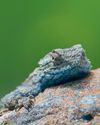
Living forwards
How photographing birds helps me face adversity
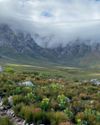
CAPE crusade
The Cape Bird Club/City of Cape Town Birding Big Year Challenge
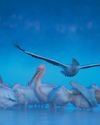
water & WINGS
WATER IS LIFE. As wildlife photographer Greg du Toit knows better than most.
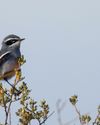
winter wanderer
as summer becomes a memory in the south, the skies are a little quieter as the migrants have returned to the warming north. But one bird endemic to the southern African region takes its own little winter journey.
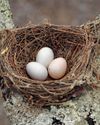
when perfect isn't enough
Egg signatures and forgeries in the cuckoo-drongo arms race
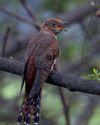
Southern SIGHTINGS
The late summer period naturally started quietening down after the midsummer excitement, but there were still some classy rarities on offer for birders all over the subregion. As always, none of the records included here have been adjudicated by any of the subregion's Rarities Committees.
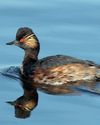
flood impact on wetland birds
One of the features of a warming planet is increasingly erratic rainfall; years of drought followed by devastating floods. Fortunately, many waterbirds are pre-adapted to cope with such extremes, especially in southern Africa where they have evolved to exploit episodic rainfall events in semi-arid and arid regions. But how do waterbirds respond to floods in areas where rainfall - and access to water - is more predictable? Peter Ryan explores the consequences of recent floods on the birds of the Western Cape's Olifants River valley.
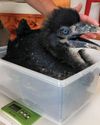
a star is born
It’s every producer’s dream to plan a wildlife television series and pick the right characters before filming.